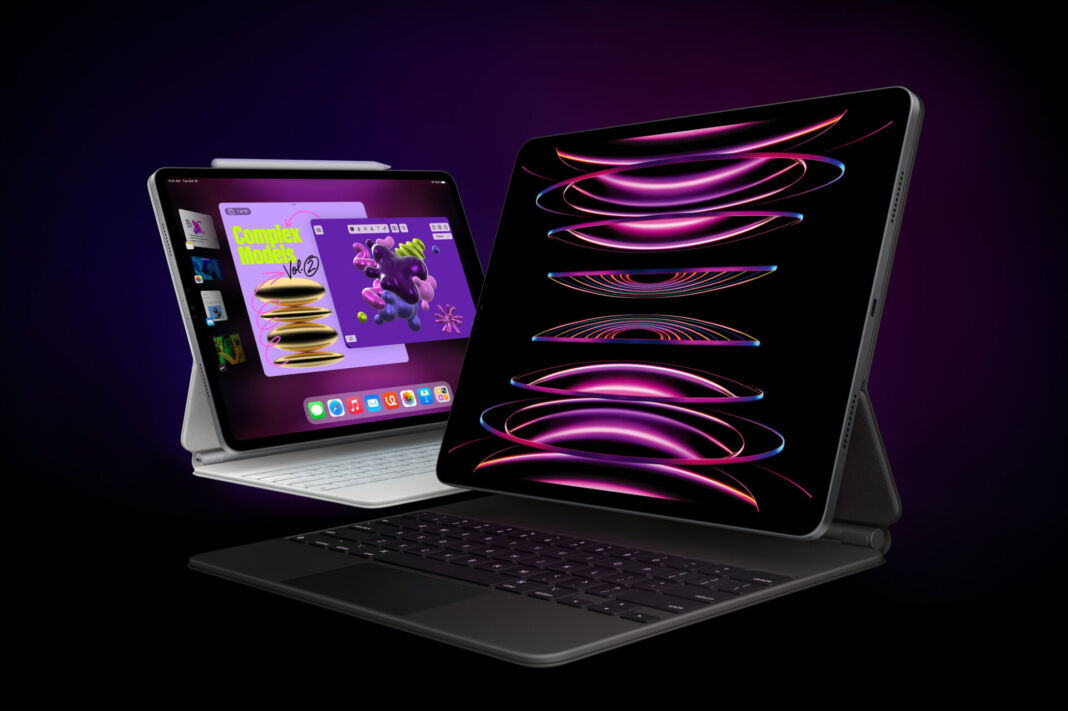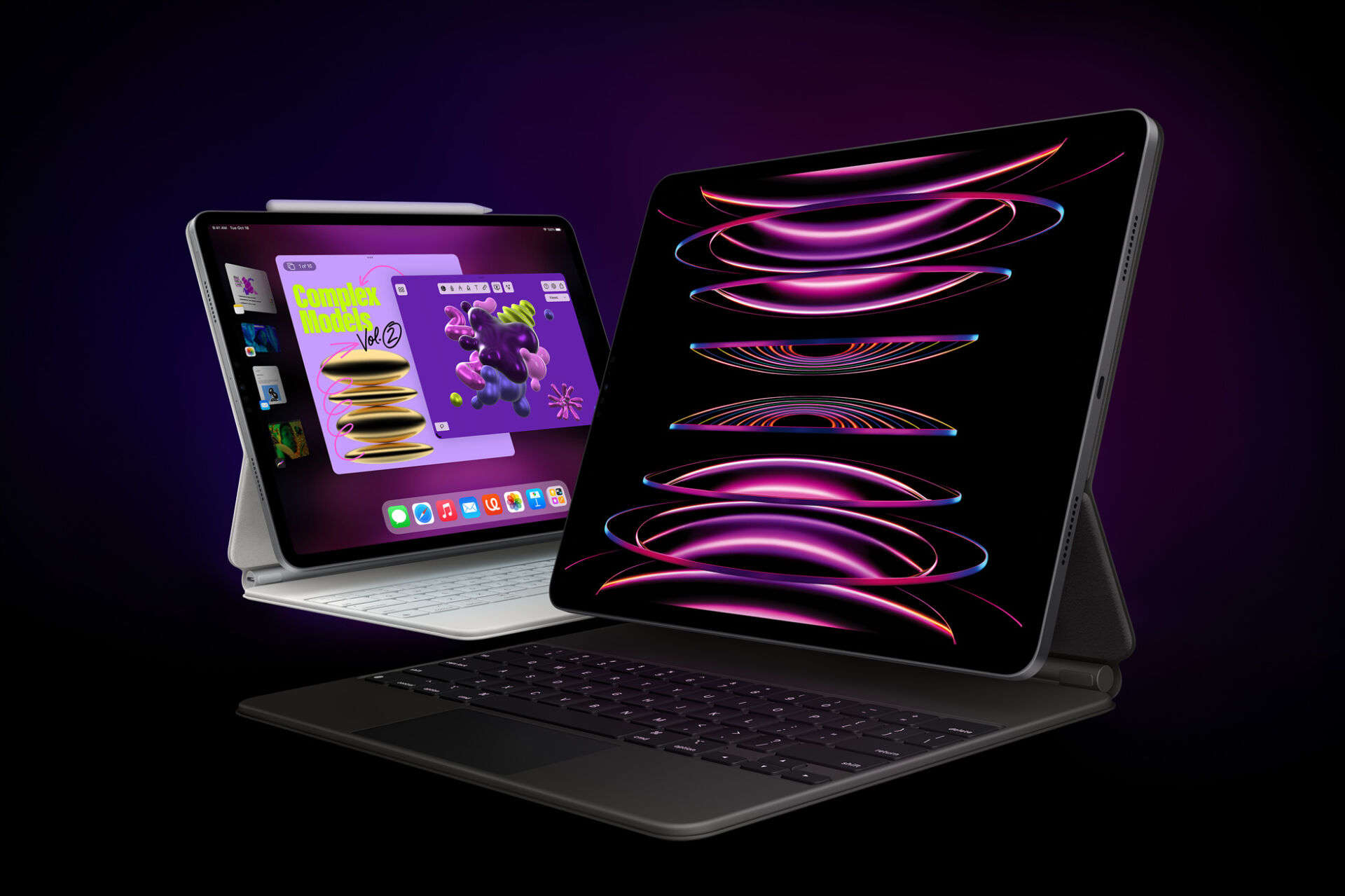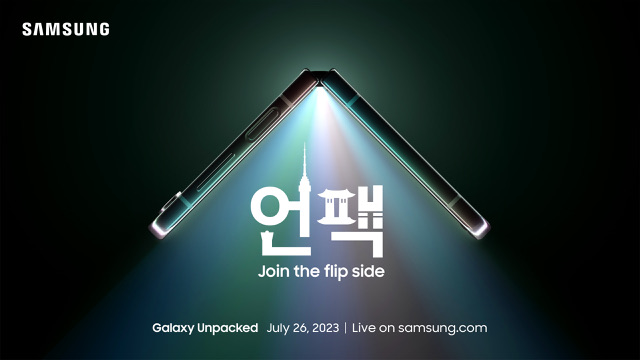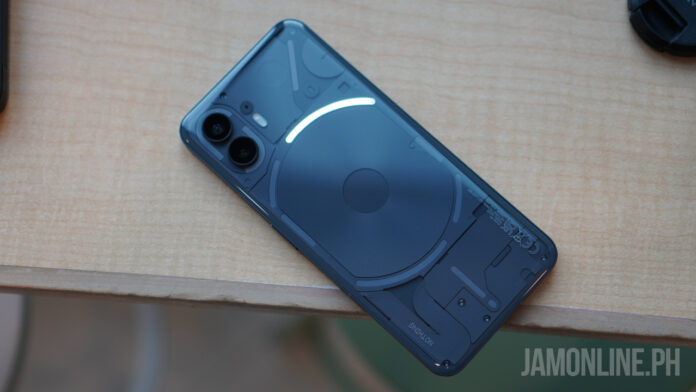Apple has often taken a cautious approach when it comes to adopting OLED technology in its devices. While some iPhone and Apple Watch models have embraced OLED and its advantages, Apple’s iPad and MacBook lineups have yet to incorporate this display technology. However, according to a recent report by research firm Omdia, it appears that Apple’s 2024 iPad Pro may be the first to receive OLED panels.
OLED Coming to iPad Pro
The report suggests that Apple is on track to introduce OLED technology in its 2024 iPad Pro models, specifically the 11-inch and 13-inch variants. Production of these models is said to begin in the first quarter of next year. Apple is expected to utilize low-temperature multi-crystalline oxide (LTPO) OLED panels, which are considered the pinnacle of current OLED technology. This indicates that Apple will likely opt for top-of-the-line OLED displays for its iPad Pro lineup, especially since it caters to professionals and demanding users.
Compared to Apple’s current Mini LED LCD panels used in iPad Pro models, OLED offers several benefits. First and foremost, OLED provides perfect blacks and per-pixel light control, resulting in exceptional contrast and HDR capabilities. Additionally, OLED displays are known for their power efficiency, and Apple may leverage this technology to potentially achieve even higher brightness levels. The inclusion of LTPO technology is expected to enable dynamic display refresh rate adjustment, further enhancing power savings.
While the report brings good news for iPad Pro enthusiasts, it reveals a potential delay in bringing OLED panels to MacBook models. Previously rumored to arrive by the end of 2024, OLED adoption in MacBooks is now expected to be postponed until 2027, according to the report.
Implications and Expectations
The introduction of OLED technology in iPad Pro models is a significant development for Apple enthusiasts. The benefits of OLED displays, such as superior contrast, HDR capabilities, and power efficiency, are likely to enhance the overall viewing experience. Apple’s commitment to delivering high-quality displays is well-known, and OLED represents a natural progression for the company.
As for MacBook users, the delayed adoption of OLED panels may come as a disappointment. However, it is worth noting that Apple often takes a cautious approach in implementing new technologies, prioritizing quality and performance. While the delay may be disheartening, it suggests that Apple is taking the necessary time to ensure a seamless integration of OLED technology in its MacBook lineup.
Source: GSMArena





